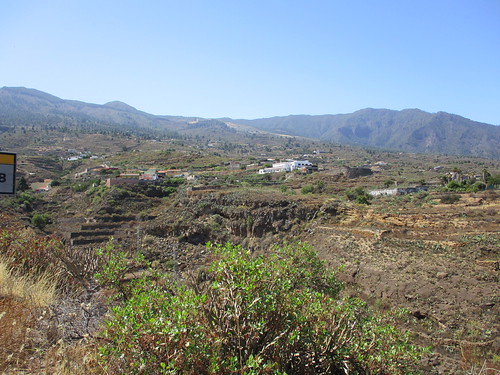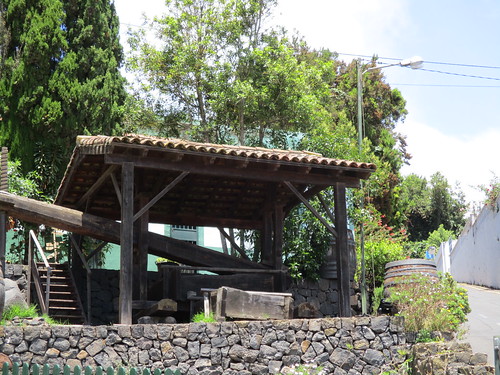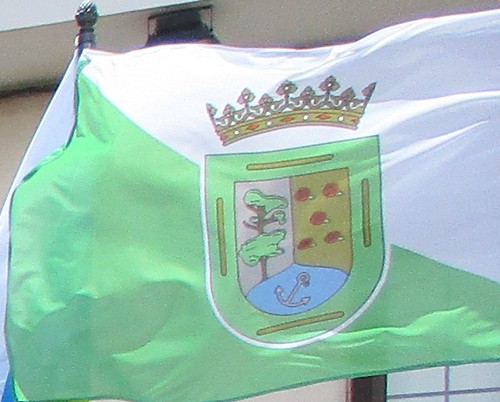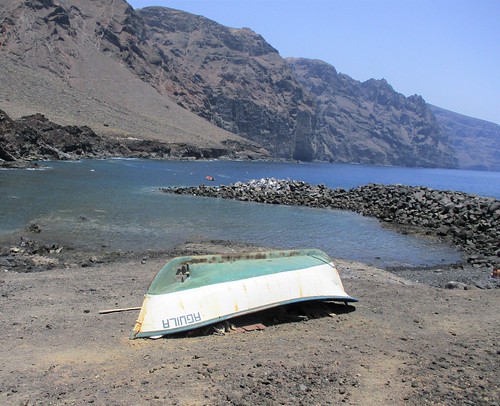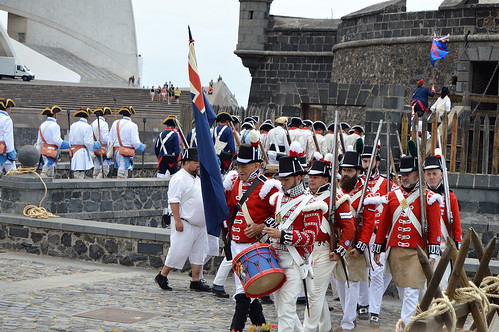
Planting one foot on Tenerife soil, Admiral Horatio Nelson drew his sword with his left hand and prepared to lead the assault on 25 July 1797. Then it all fell apart. A musket shot from the defending forces pierced his right elbow and sent him crashing to the ground still half in his landing boat. Disaster for the British naval force and potentially a career ending moment for the Norfolk born 39 year old leader.
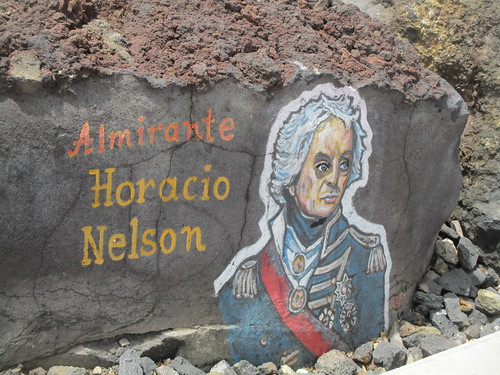
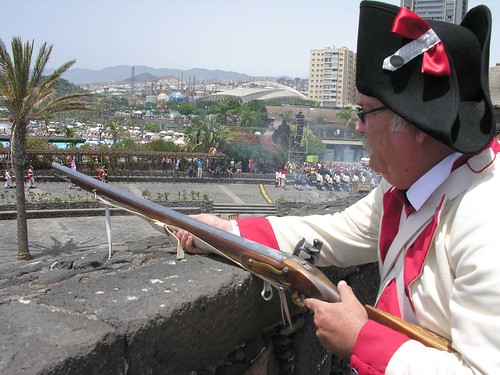
But in an incredible display of mutual respect between two leaders of seafaring backgrounds, a very civil surrender led to the failed invasion becoming part of Tenerife culture and Nelson´s name being remembered with dignity. Over 250 British troops were killed as firece resistance and strong fortifications frustrated other landing parties that tried to breach other points around the coast of capital city, Santa Cruz. Nelson negotiated the surrender via his number two Captain Troubridge.

Rowed back to his ship the Theseus, Nelson had made light of his wound and pulled himself up onto the ship by a single rope and insisted. ” Let me alone, I have yet my legs left and one arm. Tell the surgeon to make haste and get his instruments. I know I must lose my right arm, so the sooner it is off the better.” In his journal he praised the hospitality of the Spanish Governor of Tenerife. ” It is right we should notice the noble and generous conduct of Don Juan Antonio Gutierrez. The moment terms were agreed he directed our wounded men to be received into the hospitals and all our people to be supplied with the best provisions that could be procured, ”

To this day, Santa Cruz is full of reminders of Nelson´s attack, normally reenactments are carried out on and around 25 July but Covid has severly limited that. For 2021 it will be mainly acts of remembrance at key points that featured in the repelling of the foriegn fleet. However you can tap into the past all year round via in Santa Cruz. Nelson touched land at the southern entry to the capital, Castillo Negra, just along from the modern Auditorium, was the power house for the rebuff of the sailors. Just next to it, a small concrete quay meets the sea.


At this point you will find the first in a series of silver plaques marking the spots where various clashes and strongholds were. They pepper the coast aalong as far as San Andres beyond the old dock area. Nelsons face even appears among clasical composers and poets on the large square concrete blocks that line the San Andres shore. One of the early warnings of the approach of the British ships, came from a female trader on her way to market, she rang the church bell to alert everyone, it assured her place in local folklore.



A short stroll along from the Auditorium to the Plaza de España lake opposite the cruce ship port, reveals a treasure chest of past echoes. Steps down below the lake lead to the remails of the city wall, only rediscovered after the plaza was dug up for redevelopment at the start of the 2000 millenium. The underground area shows a complete history of the Castillo de San Cristobal that was above, and those who tried in vain to take Tenerife. Pride of place goes to the Tigre (tiger) canon that was instrumental in keeping Nelsons and previous hopefuls pinned back off shore. Entry to this hidden world is free and very informative. Over in the cruce ship port, a canon ball impact on a low wall shows how close the city came to receiving greater damage.




For the best in depth history lesson, follow the port road along to the huge winged statue and above you will find the Military Museum. This covers all Spanish conflicts and is illustrated with maps, uniforms, and weapons. In the case of Nelson, an interactive map shows exactly how the battle played out, and the Union Jack from the flag ship Emerald, surrendered by Nelson, is on disply in a glass cabinet. Outside they have a wealth of military vehicles from different ages.


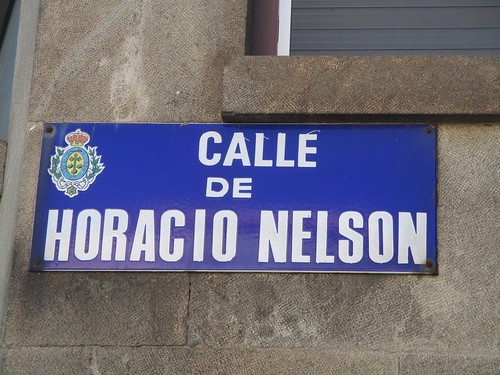

The museum is free to visit, open from 10 am to 2 pm Tuesday to Saturday. Altough it´s still a working base, there is a small cafe and a terrace. Keep looking out for other reminders of Nelson in the city, new murals have been added in recent years above La Noria near the main shopping area. Nelson´s name is immortalised on a street sign near the old bull ring at La Paz. There are also plans for a more permanent exhibition, fittingly, close to the sea front.











